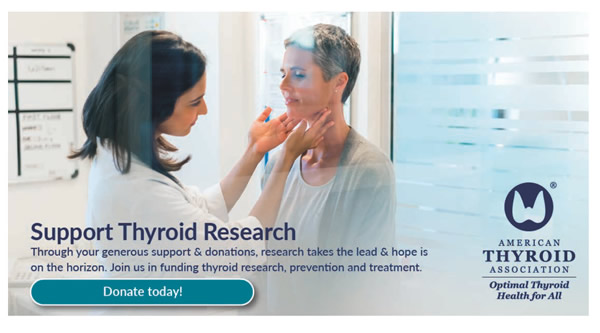SUMMARY OF THE STUDY
This analysis involved reviewing articles published between 2007 and 2020 using PubMed or Web of Science. Articles included in the analysis included the Bethesda system or an equivalent reporting system and pediatric cases with thyroid biopsy, surgery and final pathology. A total of 17 articles including a total of 3687 pediatric thyroid nodules were analyzed. Of the 3687 thyroid nodules, 1426 (38.7%) were removed by surgery and 683 (47.9%) of those were cancerous. The most common cancer found was papillary thyroid carcinoma (88.4%). Rates of surgical resection (where thyroid tissue is removed) in children and adolescents were greater than those for adults in all Bethesda system categories, except the nondiagnostic group. However, the risk for cancer was similar for pediatric and adult thyroid nodules in all Bethesda system categories.
WHAT ARE THE IMPLICATIONS OF THIS STUDY?
The Bethesda system is a useful tool to make decisions for children and adolescents with thyroid nodules. Compared to adults, pediatric patients with benign and indeterminate thyroid nodules had a higher surgery rate but the risk for having cancer was not statistically different. Therefore, there may be a potential to over treat children and adolescents. Establishing treatment guidelines and risk stratification tools are needed to identify which children need thyroid surgery.
— Priya Mahajan, MD




